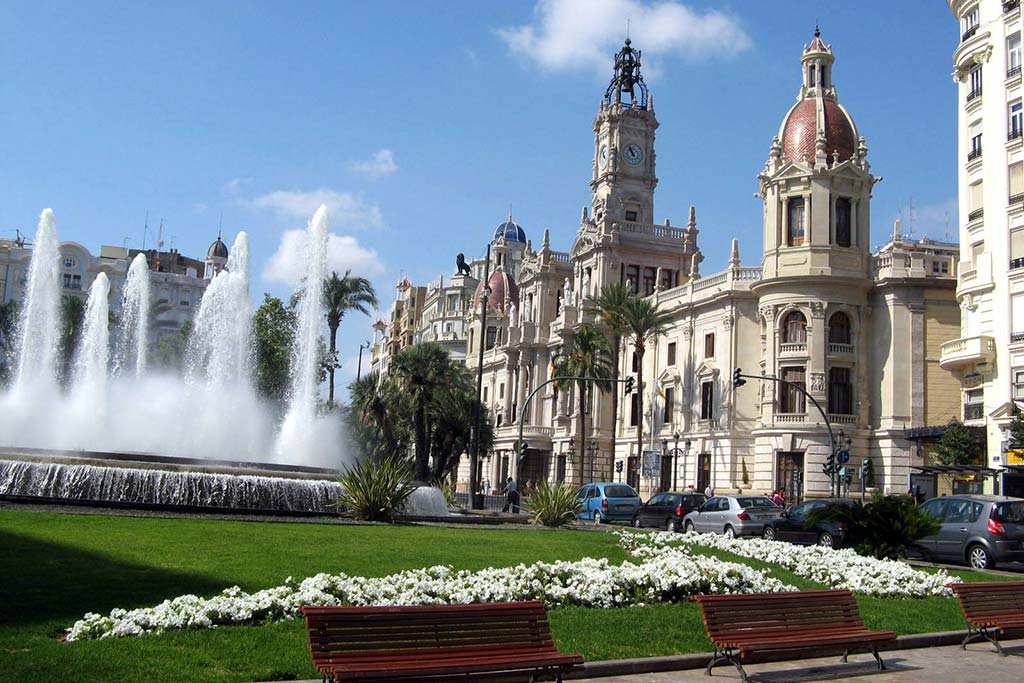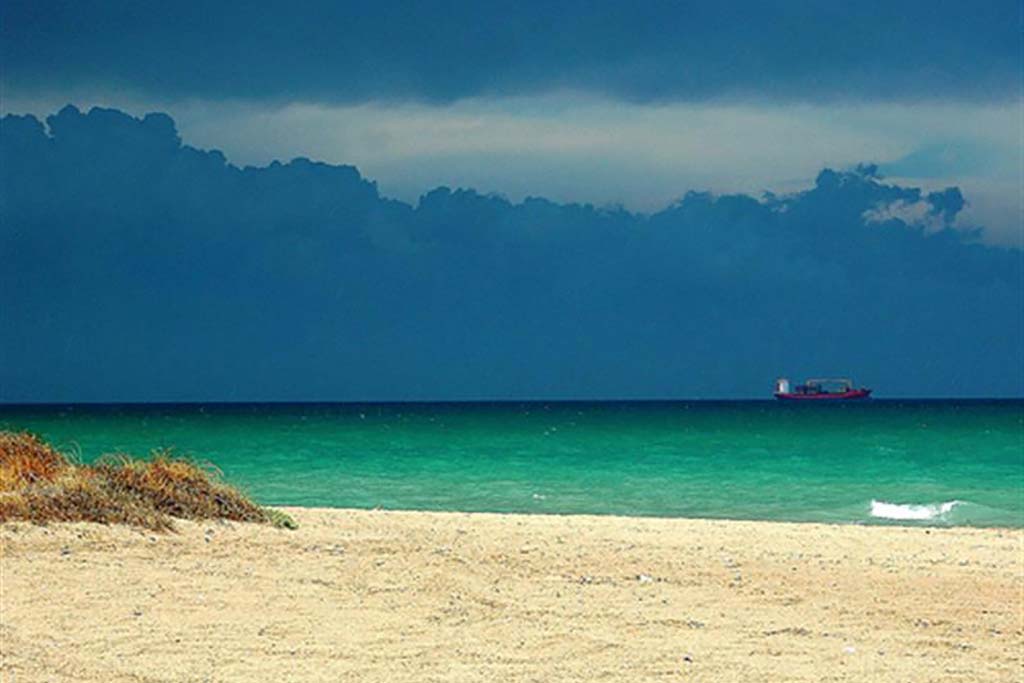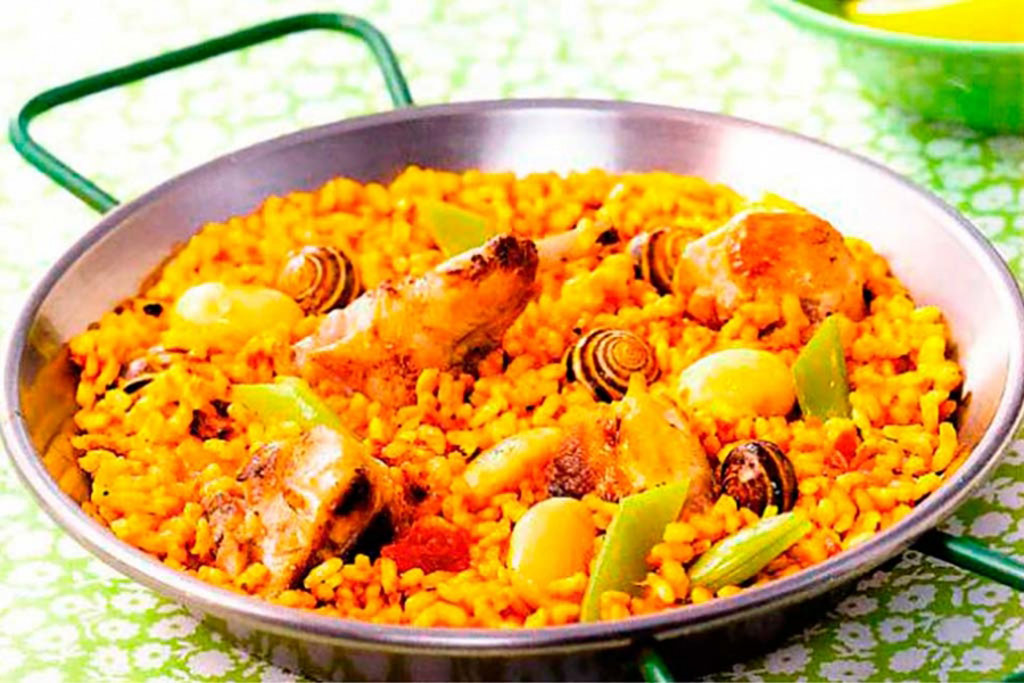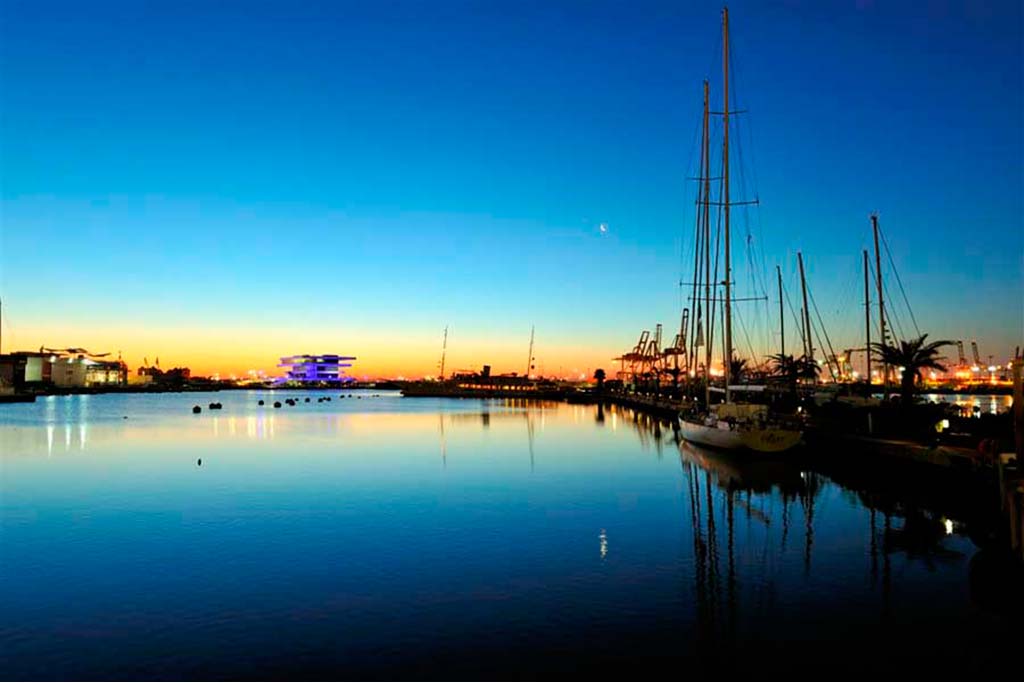Situated to the south of Catalonia, it covers an area of 23,255 km². Made up of the provinces of Castellón, Valencia and Alicante, with a population of 5,117,190 inhabitants (figures from 2011). The official languages are Valencian, which has the same linguistic root as Catalan, and Spanish. The Autonomous Community of Valencia exists in permanent harmony with nature. The land in its provinces is home to a wide range of ecosystems whose animal and plant life is unique in the Mediterranean area. Mountain ranges, forests, islands and wetlands paint the landscape with incredible contrasts. More than twenty protected natural areas to enjoy all forms of nature, from the fascinating marine reserve of the Columbretes Islands to the green peaks of Sierra Calderona, including the beautiful image

of the rice fields and fishermen in La Lagoon de Valencia. The presence of wine in the autonomous community of Valencia dates from ancient times and before the arrival of the Romans there is evidence of winegrowing in Valencia as shown by the numerous objects that have been found in association with wine. White wines, reds and sweet wines from the three officially recognised designations of origin (Alicante, Utiel-Requena and Valencia), which are joined by those made in the area of Beniarrés, to the north of Alicante, and the wines of Castellón, which have their own Protected Geographical Indication (“Vino de la tierra de Castelló”), which covers three winegrowing districts: Alto Palancia-Alto Mijares, Sant Mateu and Les Useres-Vilafamés, together with their respective cuisines.
VISITS OF INTEREST
VALENCIA
Valencia, the capital city of the autonomous community, is the main city and the third-largest municipality in Spain in terms of population. It is situated on the banks of the River Turia. La Albufera (lagoon) is located 10 km south of the city and is one of the largest lakes in Spain and has been designated a natural reserve. La Albufera de Valencia has one of the most beautiful sunsets in Spain. It is the largest lake in Spain and one of the most important wetlands on the Iberian Peninsula. An area of great ecological interest that is home to unique species of waterbirds in winter. Its rich water has been traditionally used by fishermen and rice growers, which has led to its succulent gastronomy. To enjoy the cuisine, visitors should go to the village of El Palmar, which inspired many works by Blasco Ibáñez.
The most typical monuments in Valencia include El Miguelete, the Cathedral, the Market of La Seda (designated a World Heritage Site by the UNESCO in 1996), the Towers of Serrano, the National Pottery Museum and the City of Art and Science, the largest leisure-cultural complex in Europe. The festivals of tourist interest include Las Fallas. From 15 to 19 March, the days and nights in Valencia are one continuous party. The fallero monuments satirise current affairs. In traditional gastronomy, the famous Mediterranean diet is based particularly on rice, vegetables and fish and shellfish from the Mediterranean coast. The most international dish of Valencia is paella, which is based on rice.
Besides the capital city, other important towns and villages include Gandía, Sagunto, Paterna, Alcira, Onteniente, Játiva, Algemesí and Requena. The Valencia Designation of Origin covers 66 municipalities. An area that comprises four subzones (Alto Turia, Clariano, Moscatel de Valencia and Valentino) with a particular Mediterranean climate, albeit with a variable influence from the sea. It also produces white, rosé and red wines that are very enjoyable and popular in many European countries. Wines whose quality is increasing and which go perfectly well with the varied cuisine of Valencia.
THE COSTA BLANCA
This is undoubtedly the most tourist area of the province thanks to its sunshine, temperatures, beaches and services… The Costa Blanca. A varied route laden with contrasts which begins in Denia and continues through Jávea (Xàbia), Cabo de San Antonio, Calpe (home to the Natural Reserve of El Peñón de Ifach), Altea, Benidorm, Villajoyosa, Alicante (the main town in the province), Santa Pola, Guardamar de Segura, and ends in Torrevieja. The festivals of tourist interest in the main town in the province include the Hogueras de Alicante, on the feast Day of St John, designated a Festival of International Tourist Interest since 1984; Holy Week and the Festivals of Moors and Christians.
Another important town in the province of Alicante is Elche. The Palm Grove of Elche and the representation of the Mystery of Elche, have been designated a World Heritage Site and Masterpiece of the Oral and Intangible Heritage of Humanity, respectively. These signs of identity of Elche are some of the main tourist attractions in this industrial town. With the Monastrell and Tempranillo grape varieties, which have gradually been joined by Cabernet-Sauvignon, Merlot and Syrah, honest, very fruity wines with a medium structure and marked tannins are made in Alicante. And with the famous Muscatel of Alexandria, fragrant and fruity white wines (dry or sweet). In particular, the modern sweet muscatels of Marina Alta are one of the area’s proudest products.
Another quality wine from Alicante is Fondillón, which is a typical rancio wine with a high alcoholic volume, fortified, with a red must that turns amber with ageing, made using grapes bathed in the sun on wattles. It is ideal as a dessert wine. In Utiel-Requena, which grows mainly the Bobal black grape, together with Tempranillo and other add-in varieties (Cabernet Sauvignon and Merlot), very modern reds and rosés are being produced. Balanced, fresh rosé wines that are pleasant in the mouth and very well-structured reds that are tasty and elegant, with all the characteristics of the best Spanish wines.
CASTELLÓN
This province is mountainous inland. On the coast, it offers the peninsular of Peñíscola, the Cape of Oropesa de Mar and the Inlet of Almenara. The main tourist resorts in the province are Benicasim (with its famous International Music Festival, which is held in the middle of July), Oropesa del Mar, Vinaroz, Peñíscola, Benicarló and the main town, Castellón de la Plana. The Columbretes Islands are an emblematic Archipelago that belongs to the province of Castellón. As they are reasonably isolated, their animal and plant life is unique.






